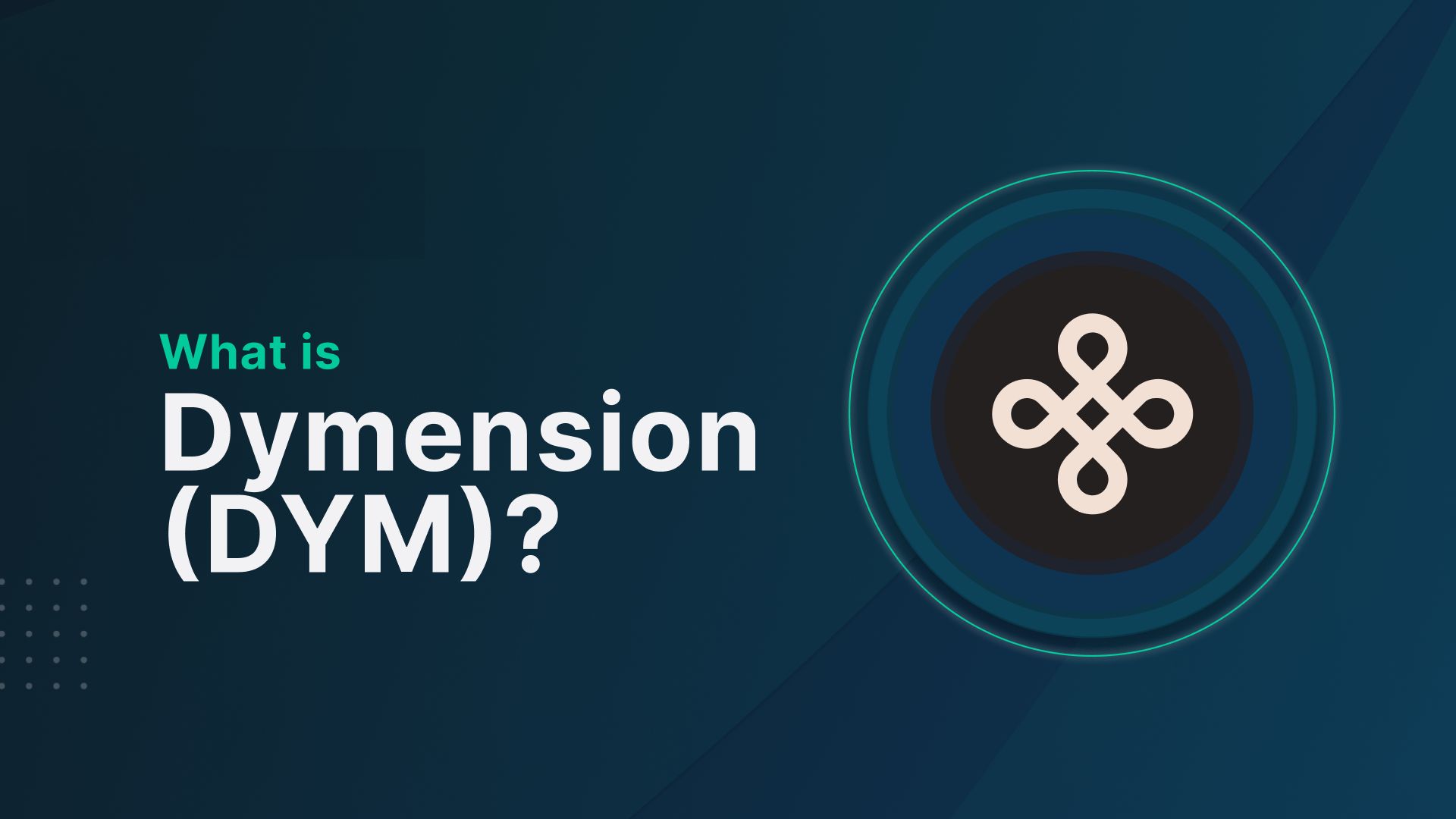Tezos (XTZ): The Latest Decentralized Blockchain Platform

Tezos’ Open Source Programming Language
To build a more secure and intrinsically robust architecture, Tezos uses its open-source functional programming languages, which give it distinct technical benefits. Since open-source programming languages can change in tandem with their users for the betterment of all developers, they are more accessible to would-be programmers. This has enabled the Tezos blockchain to develop and evolve while strengthening the network’s security.
The system was developed at its core using the OCaml and Michelson programming languages. Compared to Ethereum’s imperative languages, these two functional languages have several advantages. Michelson’s creation aimed to facilitate smart contracts, which sought efficiency, precision, and clarity. Compared to other blockchain systems, it keeps the code structure more cohesive and robust by providing mathematical proof of each new code’s functionality.
How Tezos Network Participation Works

A novel on-chain governance mechanism in the Tezos cryptocurrency discourages hard forks (the splitting of the blockchain) and encourages participation from most users. The capacity to vote and choose the voting system for upgrades is a significant benefit of the Tezos consensus process, which is accessible to all holders of XTZ coins. When you stake your XTZ coins, you get the ability to vote. Regardless of their holdings, everyone can bet their Tezos coins through the baking mechanism. This is the process of adding new blocks to the Tezos blockchain, which involves signing and verifying transactions.
People who try to verify data, sometimes called “bakers,” get something in return for their contributions to the system. They are the ones that propose new features for Tezos to include.
The upgrade and voting system is divided into four periods:
-
Proposal: All users vote on which changes they think would be best to test out. The proposals with the most votes advance to the next round.
-
Exploration: All the users vote on the selected proposals from the first round. If a proposal meets a minimum threshold of votes, it moves to the testing round.
-
Testing: To confirm the changes are stable and safe to implement permanently into Tezos’ blockchain architecture, a testing blockchain is constructed. Those that satisfy this technical requirement move to the next round.
-
Promotion: All users vote on the successfully tested changes. The chosen changes are then uploaded through a “hot swap” and integrated into the Tezos blockchain. This process involves no interruptions to the operation of the network, and no splitting or forking occurs.
Tezos’ Use of Formal Verification for Smart Contracts
Built using functional programming languages, Tezos has intrinsic advantages. Rather than explicit, step-by-step instructions written by the developer, mathematical functions are used to generate programs in these code languages. Tezos (XTZ): More and more mission-critical industries are adopting functional programming languages for superior security and speed. These industries include aerospace, nuclear power, and financial services, where mathematical precision is essential due to the high costs of mistakes.
Thanks to functional programming languages, all Tezos blockchain smart contracts may undergo mathematical proof and verification, known as “formal” verification. Smart contracts are more secure and run faster because of this mathematical assurance of a program.
How Tezos Baking Works
Baking is adding new blocks to the Tezos blockchain by signing and publishing them. One roll, or 8,000 XTZ, is the minimum need for users to be considered bakers. Bakers must also know the necessary software, technology, and techniques. As the network’s network-sized developers, they fix bugs in the code and collaborate with other teams working on the Tezos coin. Prospective bakers must put up a security deposit; this money would be lost if the baker acted unethically. Bakers receive XTZ coins, sometimes called “baking rewards,” as payment “nt for their labor. Bakers are encouraged to keep making Tezos by going through this process.
Liquid Proof of Stake (LPoS) is Tezos’s oTezos’s-kind consensus method; it allows unskilled users to “stake” their” currencies to qualified bakers, even if they don’t haven’t resources or knowledge to become developers themselves. Staking Tezos tokens and using a smart contract to transfer ownership to a baker is possible for any quantity. Consequently, the baker receives a portion of the subsequent profits. Through this approach, any holder of XTZ coins can apply to be a member of the protocol’s goveprotocol’shanism.
Lastly, All Tezos holders are encouraged to participate in stakes and contribute to the network’s growth and development through these system elements. In fact, in 2020, a similar number of XTZ owners participated in the voting, and as much as 80% of XTZ coins were staked at any one time.





